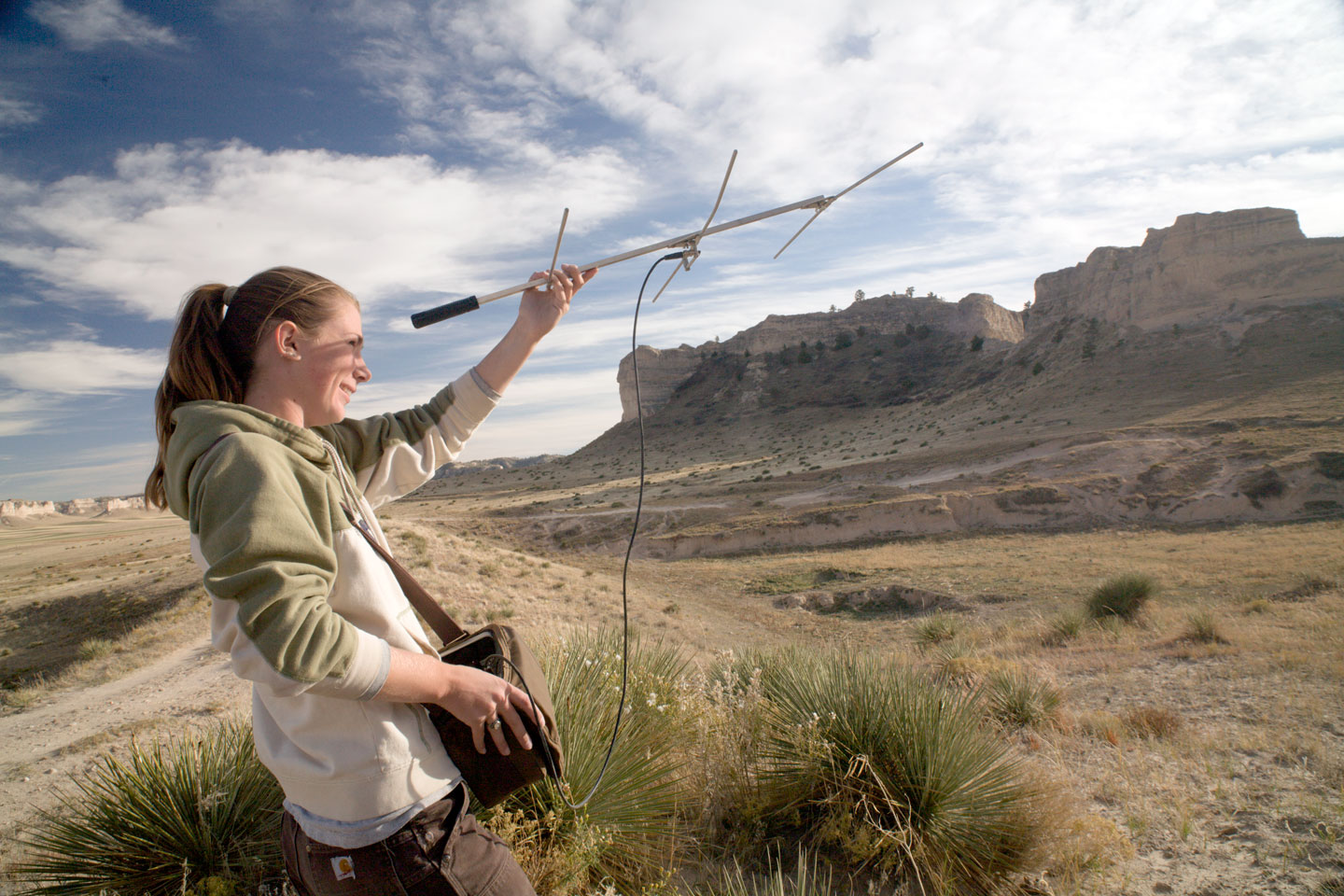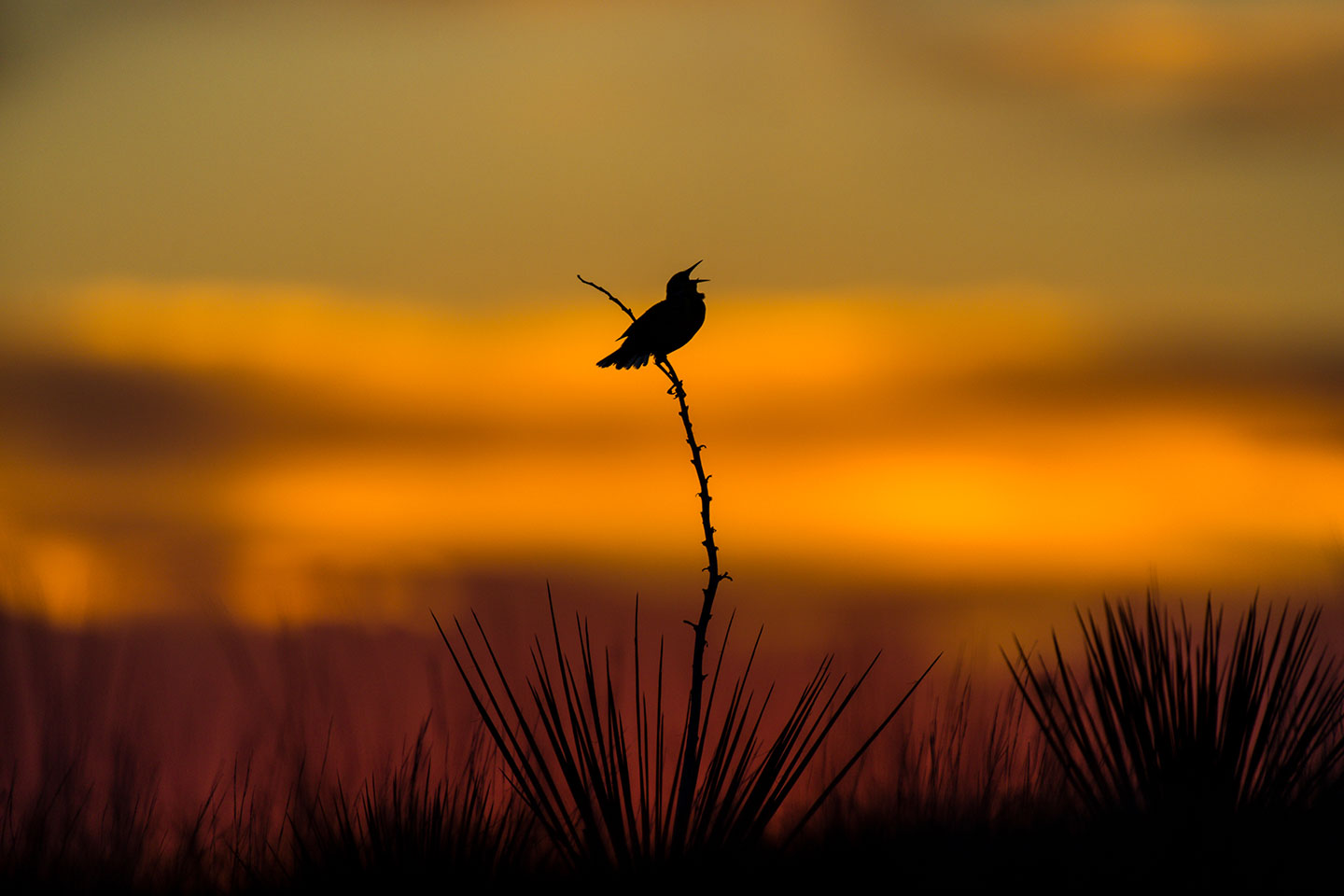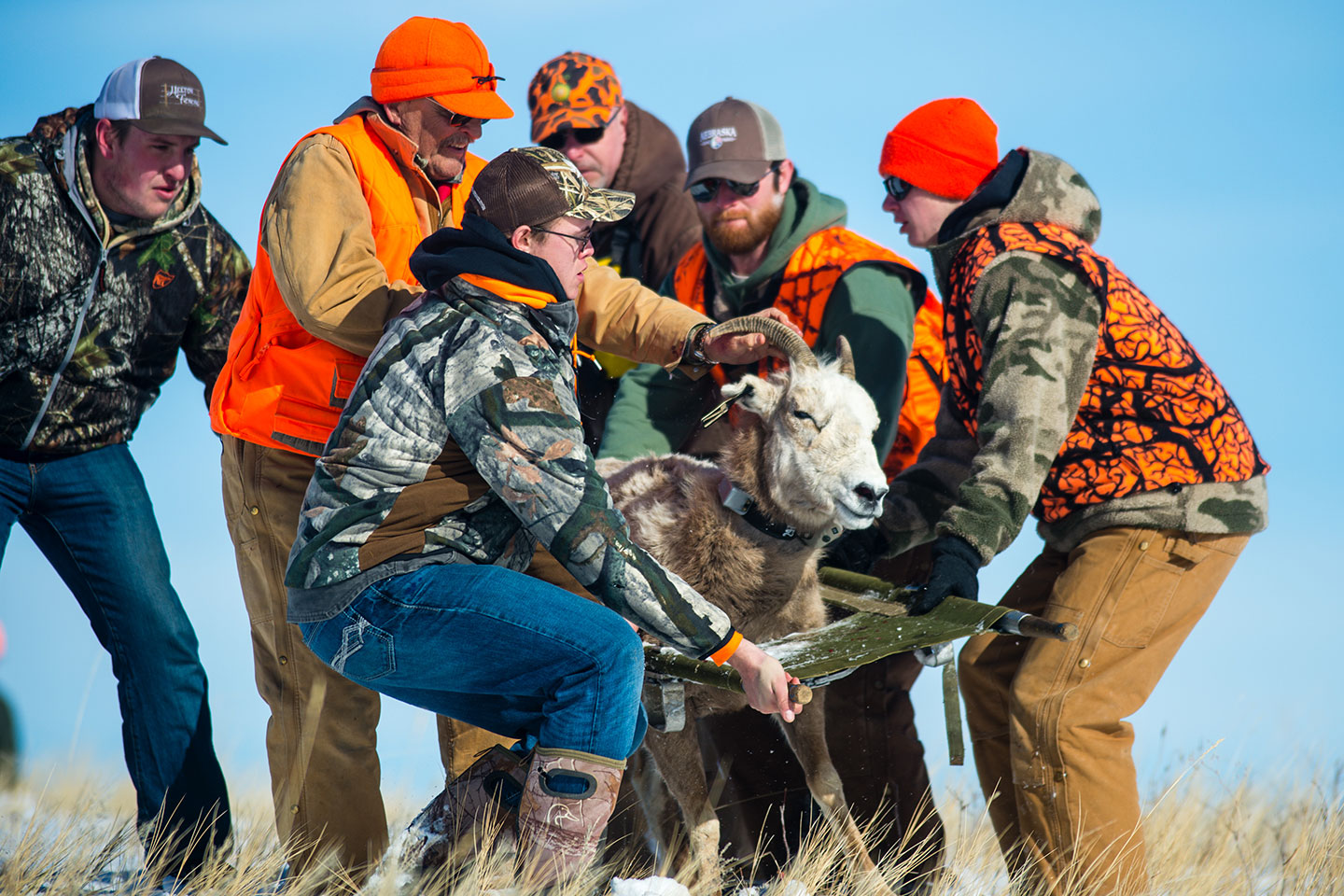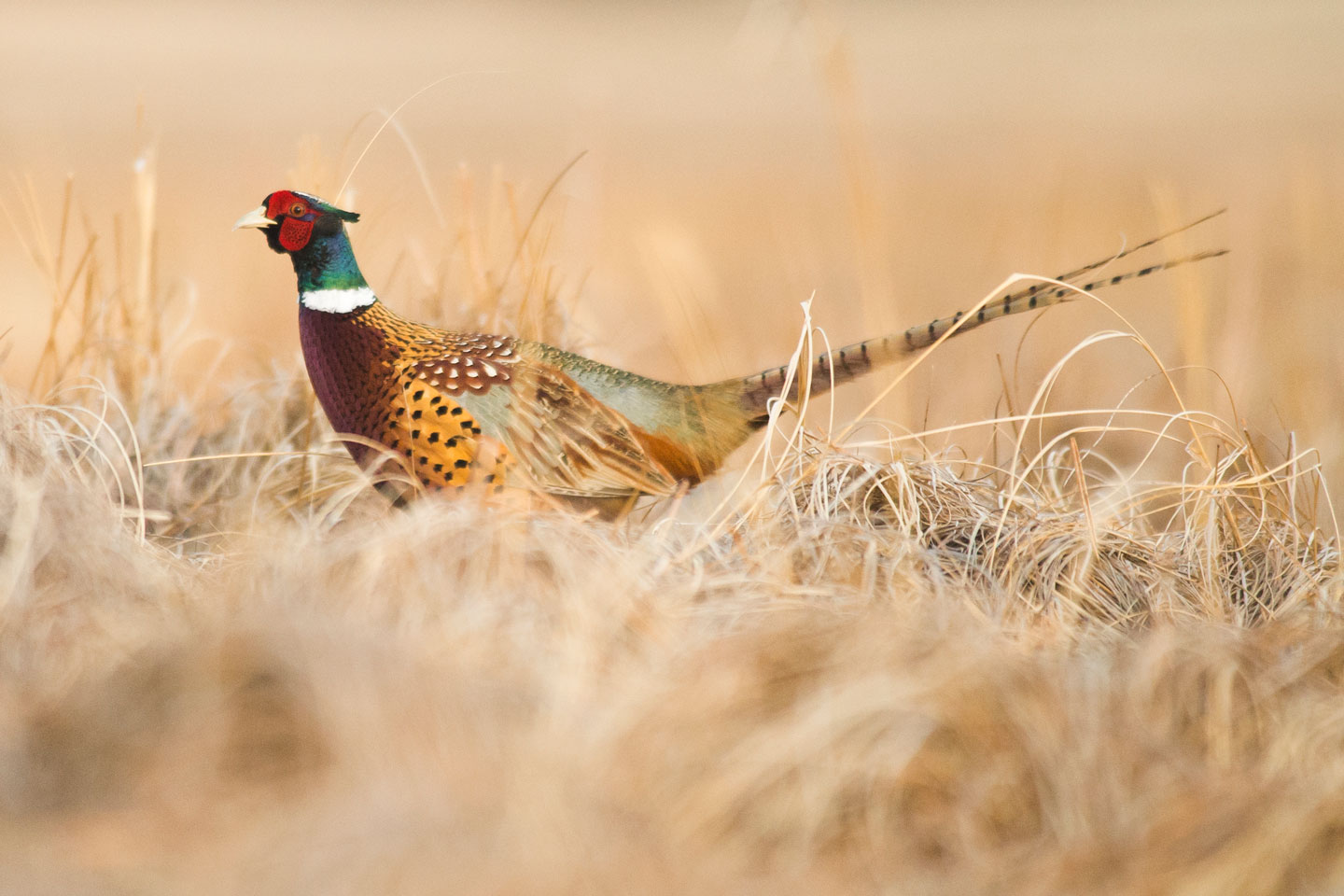Upland Game Research Program
The Upland Game Program works to improve habitat and increase public hunting opportunities for upland game species in Nebraska. Nebraska Game and Parks biologists and research partners work to monitor upland game populations and conduct applied research fostering a greater understanding of factors affecting upland game species and their ecological and recreational values.
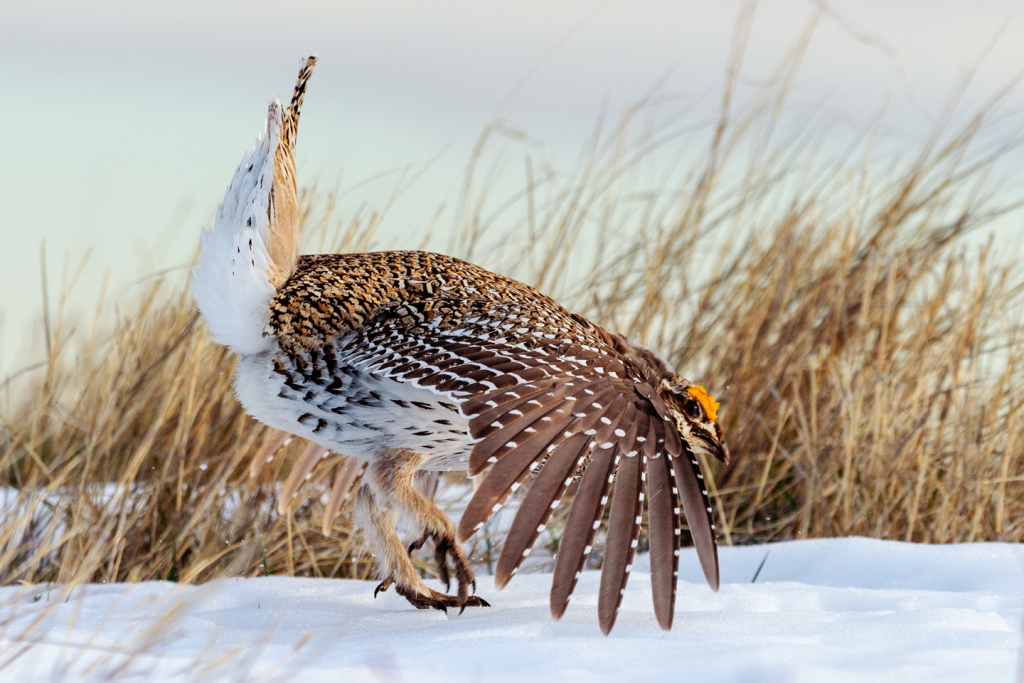
Grouse wing collection
Each year, grouse hunters from around the state send in wings from harvested grouse. Hunters in the zone east of U.S. Highway 81 (limited to 400 hunters) are required to send in wings, but hunters in the zone west of the highway also are encouraged to participate.
The annual wing collection allows Game and Parks to monitor harvest and hunter effort, while also identifying the age structure and health of the grouse population. A wildlife biologist will age each wing submitted to determine the ratio of juvenile to adult birds harvested; this information helps determine how successful grouse reproduction was for the current year and is an indication of population growth or decline.
Articles
By John Laux
November 2019
Starting in spring 2020, the Nebraska Game and Parks Commission will initiate a new monitoring effort to learn more about Nebraska’s greater prairie-chicken and sharp-tailed grouse populations and how best to conserve them. Survey methodology will closely mirror that used recently in South Dakota – a preliminary report can found online at the link below.
Throughout Nebraska’s prairie grouse range, randomly-selected square-mile sections will be surveyed during the peak breeding season. Due to the remoteness of grasslands occupied by prairie grouse in Nebraska (e.g., Sandhills), a combination of ground-based and aerial (helicopter) surveys will likely be used. Sampling units (square-mile sections) will be stratified by eco-region (mixed-grass prairie, tall grass prairie, short-grass prairie, and Sandhills), percent grassland (%), and percent woody cover (%) to assess the specific factors driving prairie grouse distributions and densities across different regions of the state.
NGPC is currently working with the Rainwater Basin Joint Venture (RWBJV) and the University of Nebraska-Lincoln (UNL) to finalize the survey protocol and secure necessary funding. Data collection and associated spatial modeling efforts are expected to occur over the next several years. Ideally, this monitoring effort will be repeated in future years to assess population trends and changes in distribution that occur over time in our ever-changing landscape. The following is a list of expected deliverables that will result from this collaborative monitoring effort:
- Statewide and regional population estimates for greater prairie-chickens and sharp-tailed grouse
- Statewide distribution and density maps
- Increased understanding of the relationship between landscape structure and prairie grouse populations, including habitat selection and thresholds that influence occurrence and density (e.g., % grass, % woody cover, % development, etc.)
- Decision Support Tools (DSTs) will be developed to guide future conservation delivery efforts
Expected Decision Support Tools will include:
- Targeted grassland restoration/management efforts within specific landscapes (e.g., CRP or EQIP enrollment, WLFW projects, etc.)
- Assessment of private lands for future acquisitions or easements
- Identification of areas to prioritize as avoidance zones from energy development (e.g., wind, gas, oil, etc.)
- Future scenario planning to predict the impacts of future environmental and land-use changes on prairie grouse populations (e.g., continued cropland conversion or woody encroachment, energy development, etc.)

